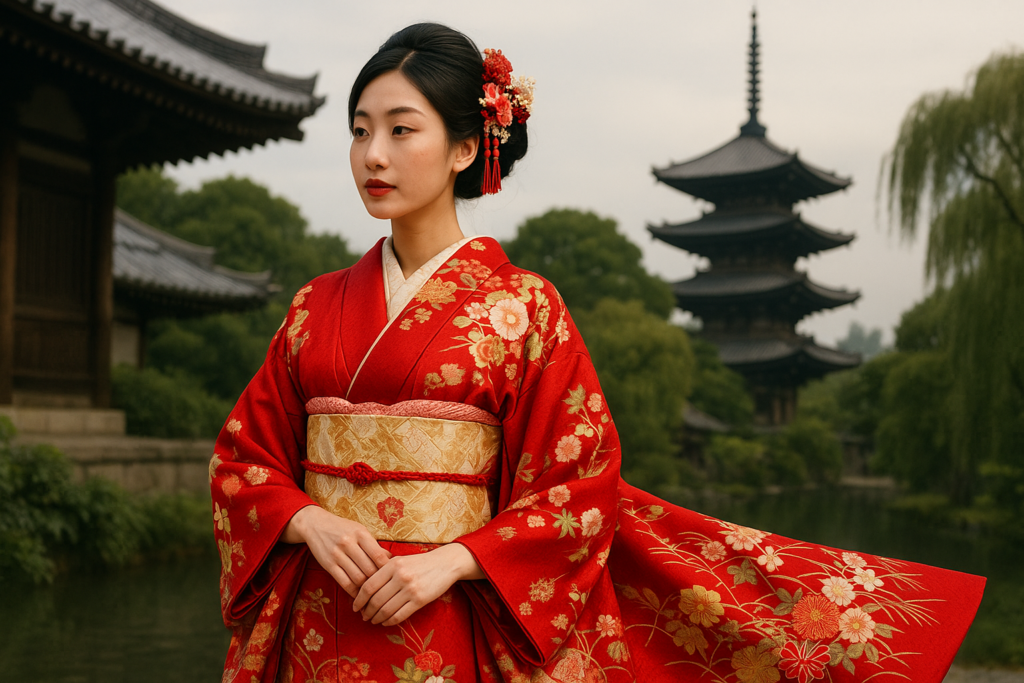Traditional Asian fashion is a rich tapestry woven from centuries of culture, craftsmanship, and symbolism. Across the diverse regions of Asia, clothing has always served more than just a functional purpose it expresses identity, status, values, and artistry. From the graceful folds of the Japanese kimono to the bold patterns of the Indian sari and the regal beauty of the Chinese qipao, these garments have not only endured but also evolved. Today, traditional Asian fashion is enjoying a global revival, influencing modern styles and capturing the imagination of designers and fashion lovers around the world.
One of the most striking features of traditional Asian attire is its deep connection to culture and ritual. In many countries, garments are still worn during festivals, weddings, and religious ceremonies. The intricate embroidery of a Vietnamese áo dài or the golden details of a Thai chut thai tell stories passed down through generations. Each stitch, fabric choice, and color holds meaning red for luck and joy in Chinese weddings, white for purity in Japanese Shinto rituals, or handwoven textiles that symbolize community heritage in parts of Southeast Asia.
While these traditions remain intact in many rural and ceremonial settings, urban centers are seeing a fusion of past and present. A new generation of Asian designers is breathing fresh life into old aesthetics. They reimagine traditional silhouettes with contemporary cuts, eco-friendly materials, and modern practicality. Young people are proudly embracing their heritage by incorporating elements of traditional dress into everyday outfits mixing a sari blouse with jeans or pairing a kimono jacket with sneakers. This blend not only makes tradition accessible but also empowers wearers to express cultural pride in a modern context.
The global fashion industry has taken note. Asian fashion is no longer confined to its region. It has taken to international runways and red carpets, with high-profile figures donning qipaos, hanboks, or saris. Beyond the visual appeal, there is growing appreciation for the craftsmanship hand-dyeing, weaving, beadwork, and tailoring that gives these garments their unique flair. Unlike fast fashion, traditional Asian fashion often values patience, precision, and the human touch, aligning well with today’s movement toward sustainability and conscious consumption.
Moreover, as conversations around cultural representation and authenticity grow louder, there’s a renewed effort to celebrate Asian fashion on its own terms. Rather than being exoticized or simplified, these styles are being explored with depth and respect. Designers and consumers alike are turning to the stories behind the seams understanding that fashion, especially in the Asian context, is inseparable from history, identity, and resistance.
In a world of rapidly changing trends, traditional Asian fashion offers a counterbalance: timeless elegance, cultural richness, and a profound sense of belonging. As it continues to inspire new interpretations, its core remains strong rooted in values, shaped by artisans, and worn with pride. The East, long admired for its grace and symbolism, continues to redefine the future of fashion by honoring its past.

